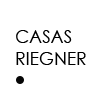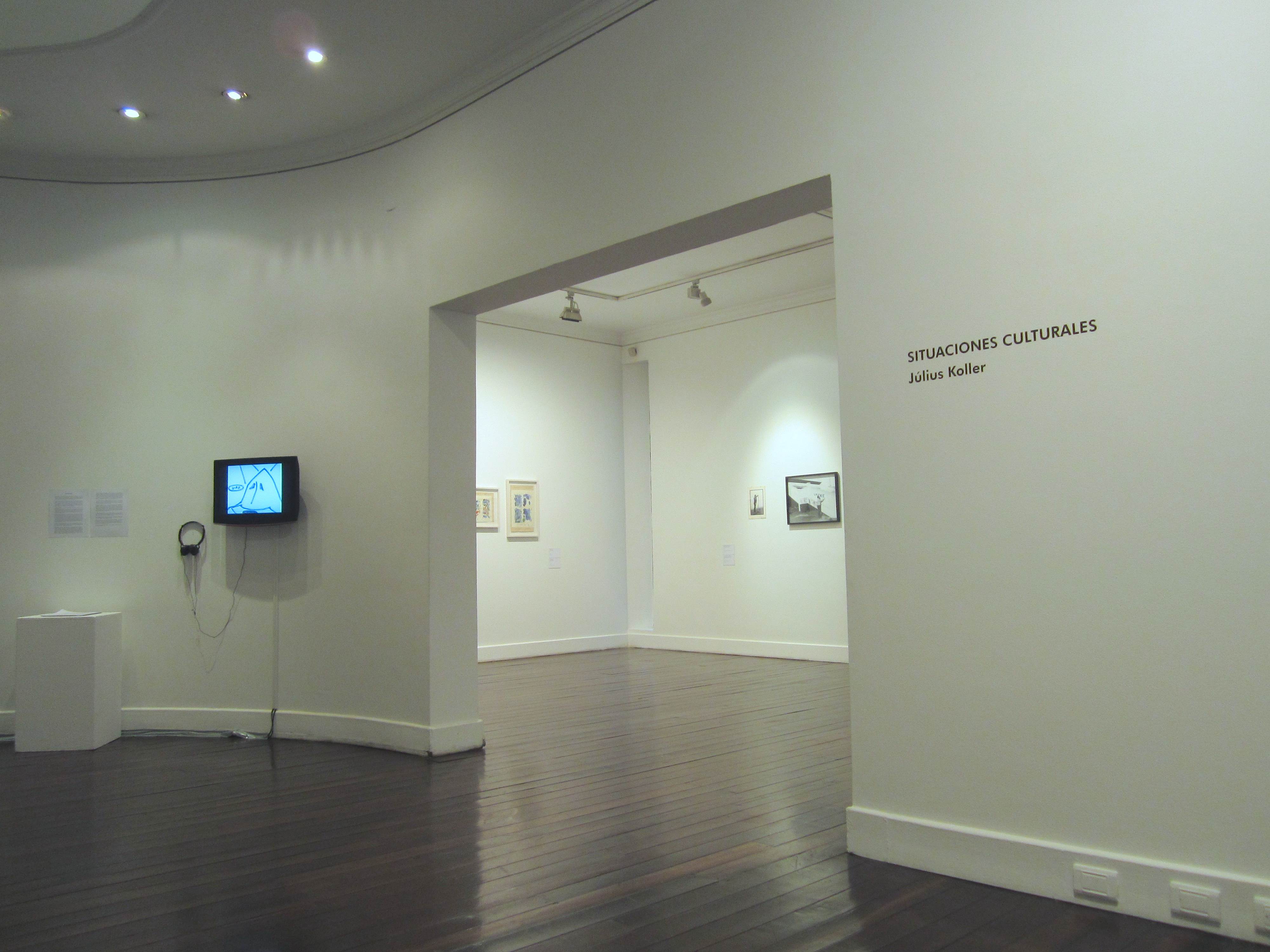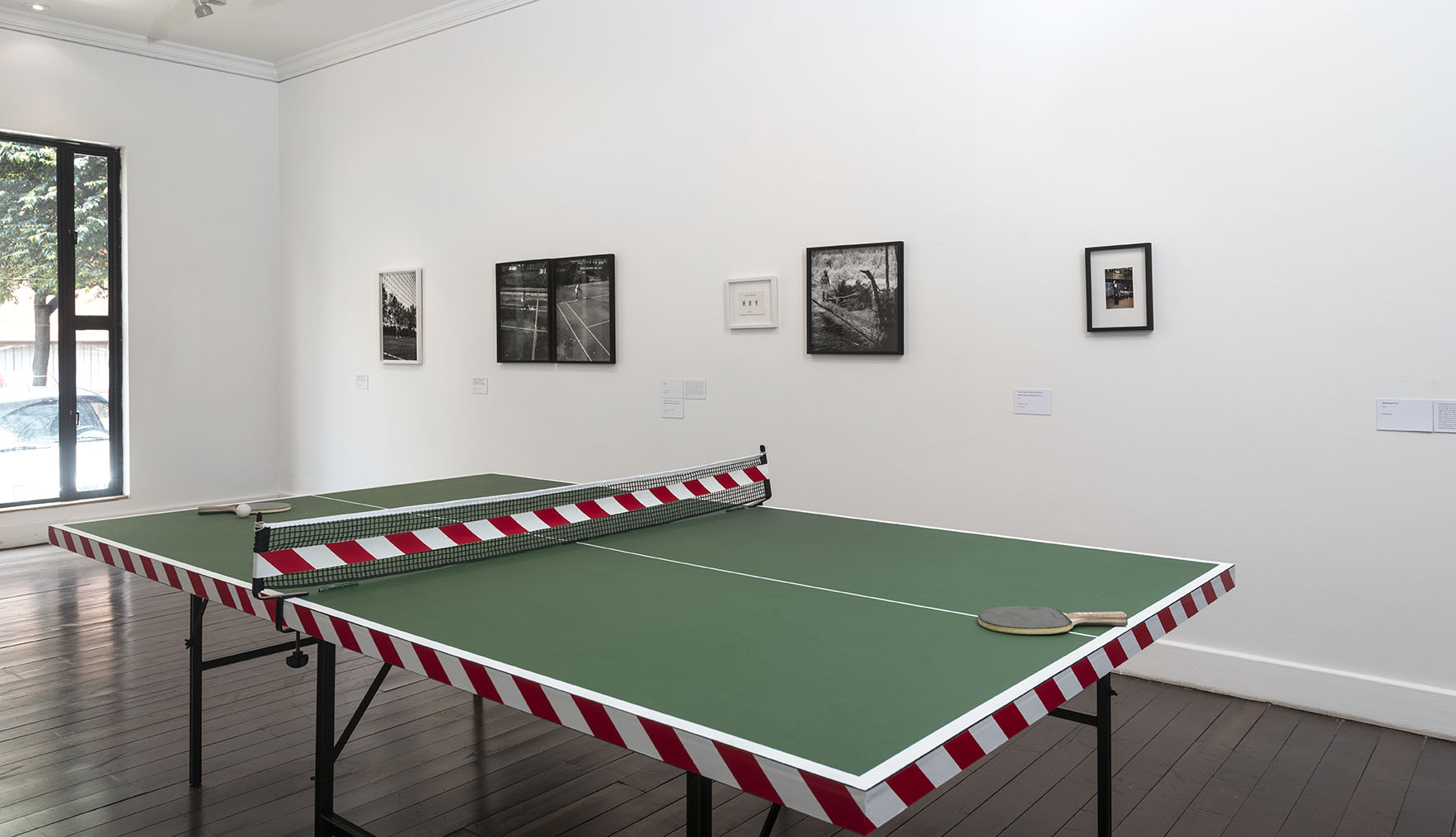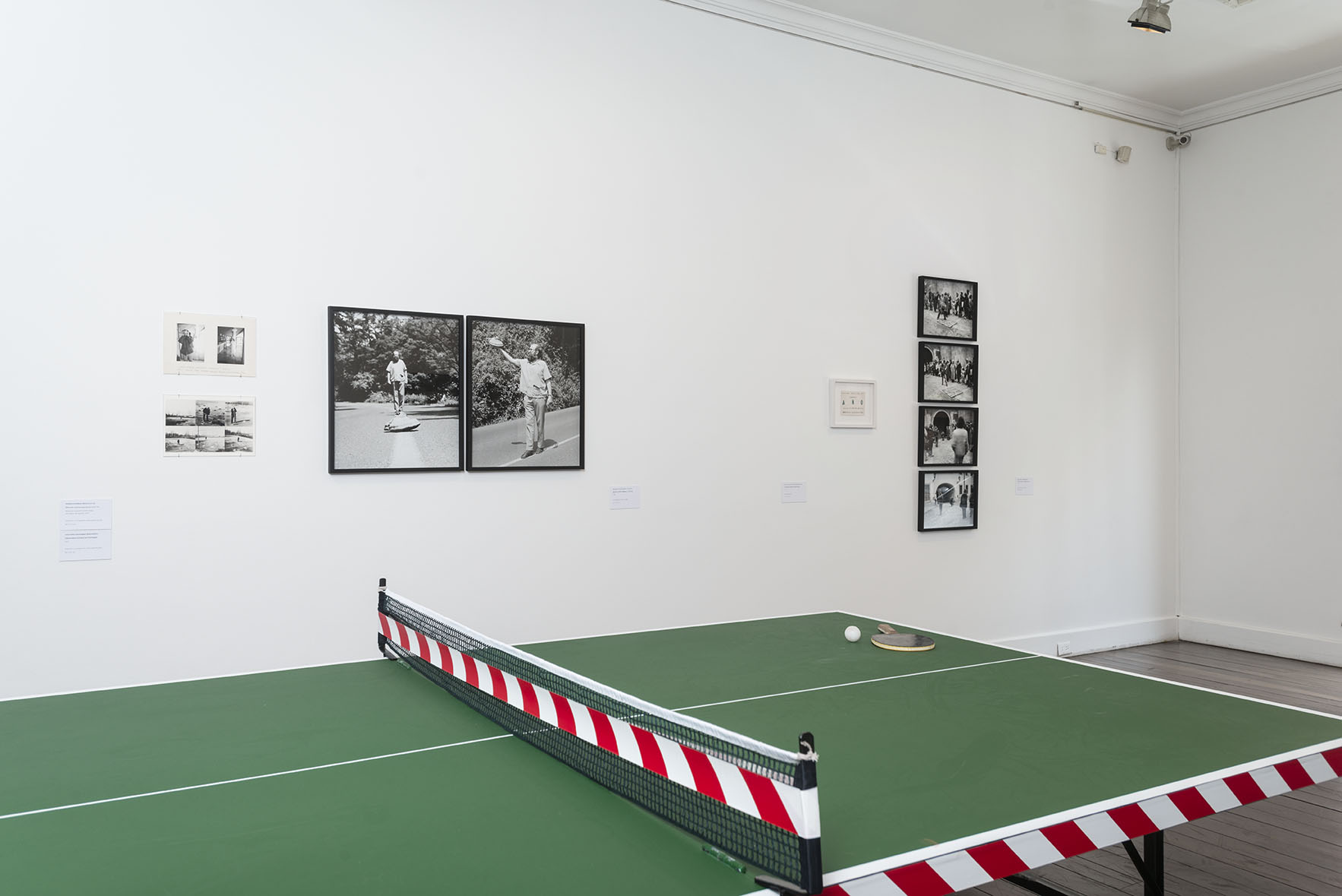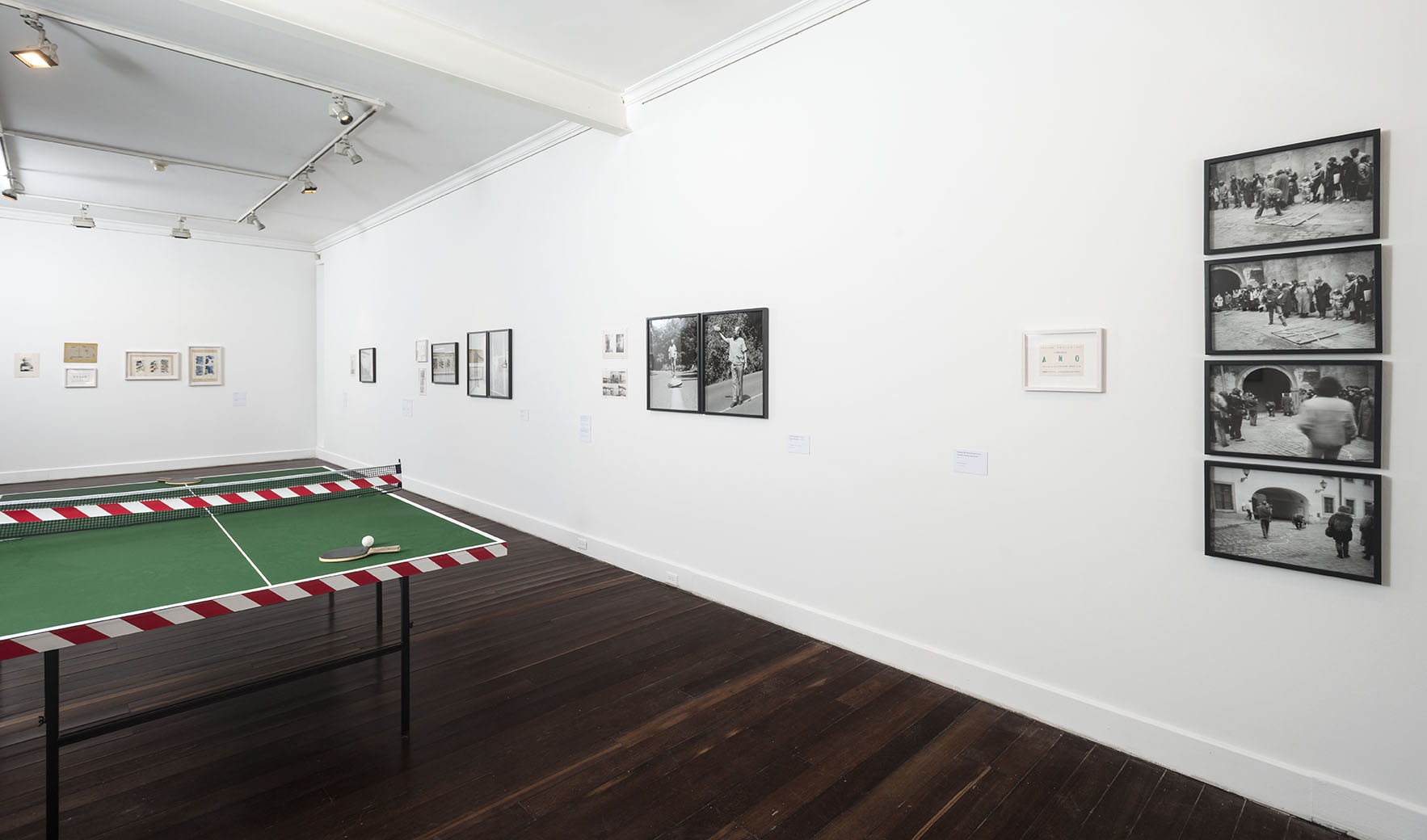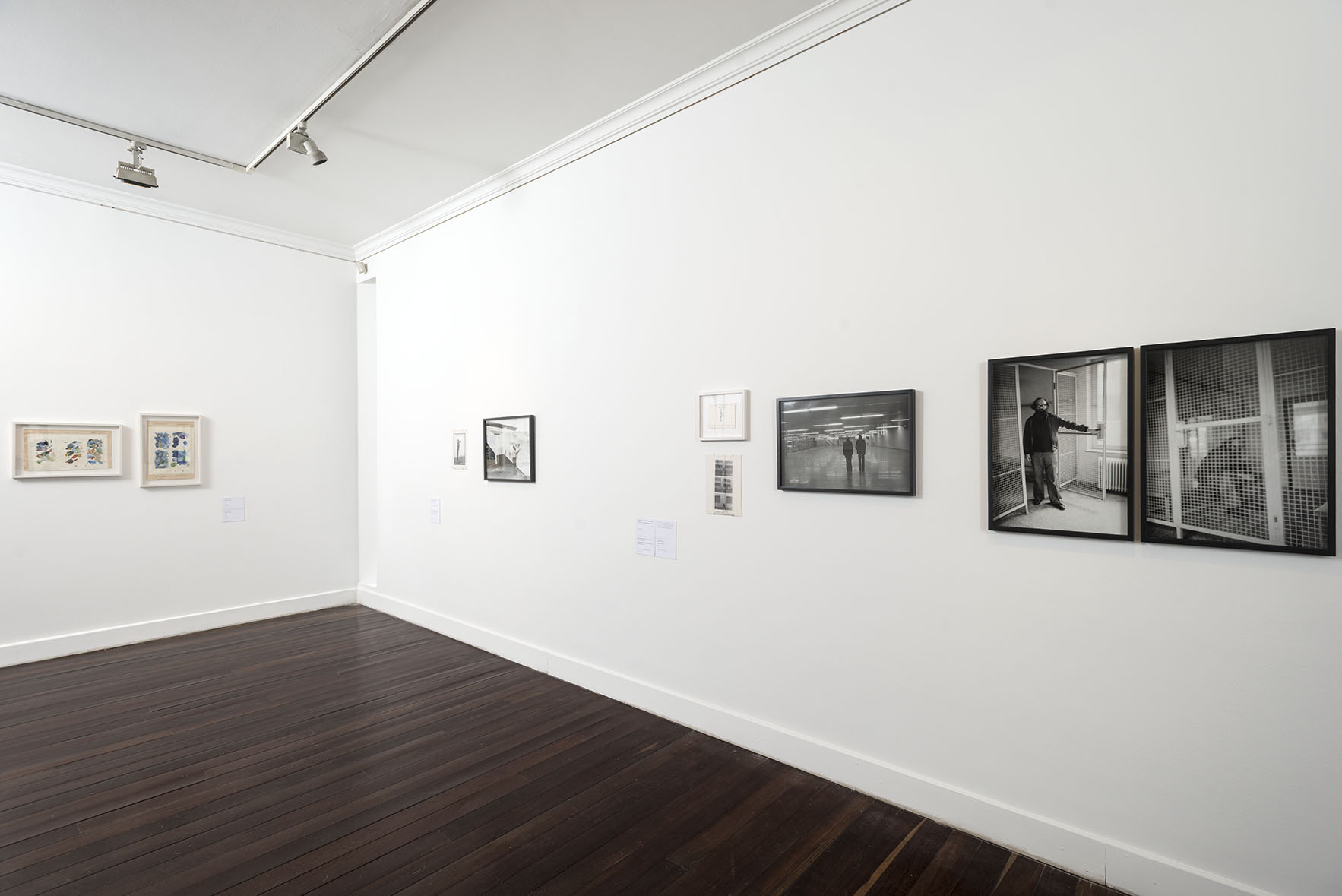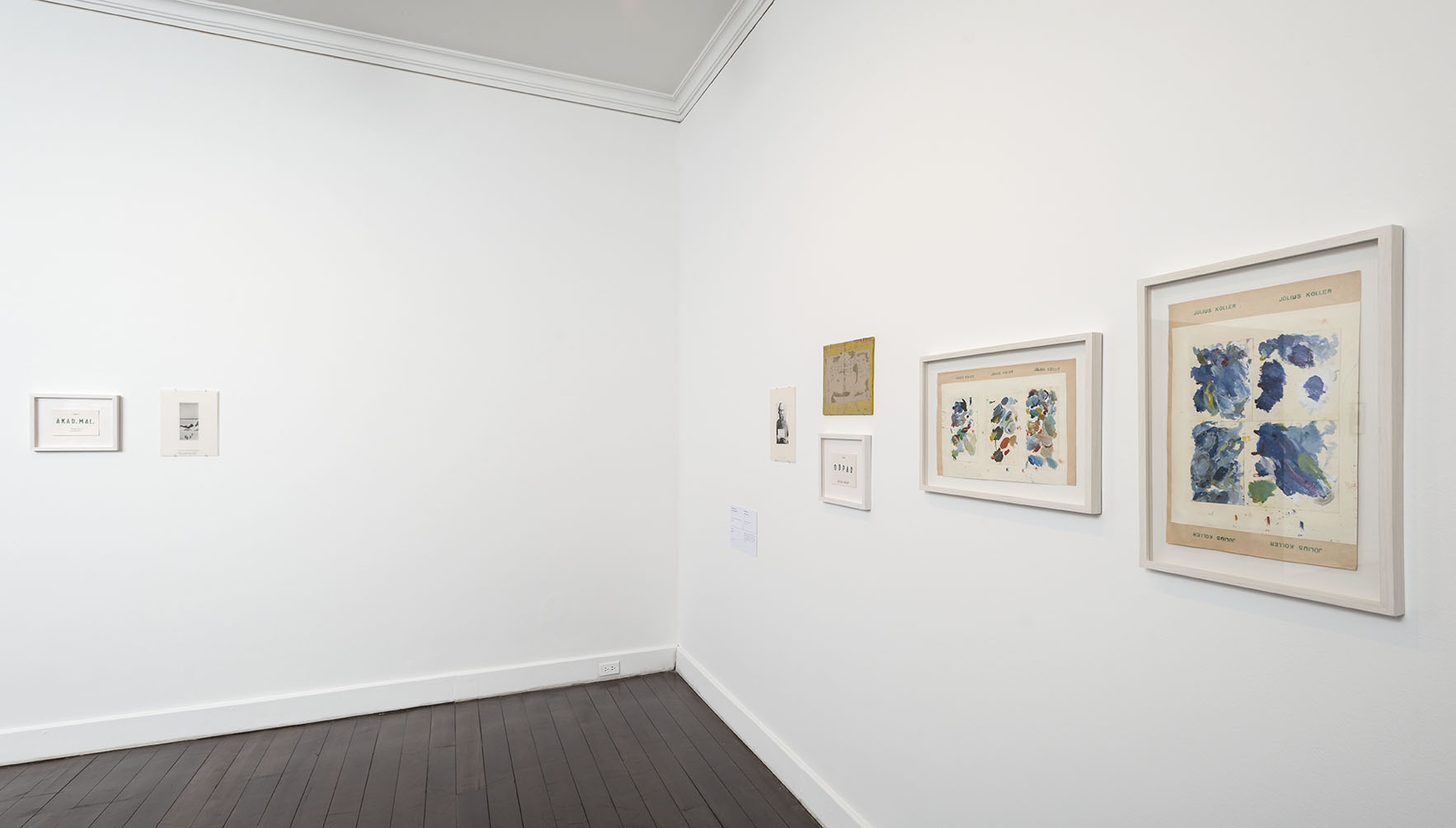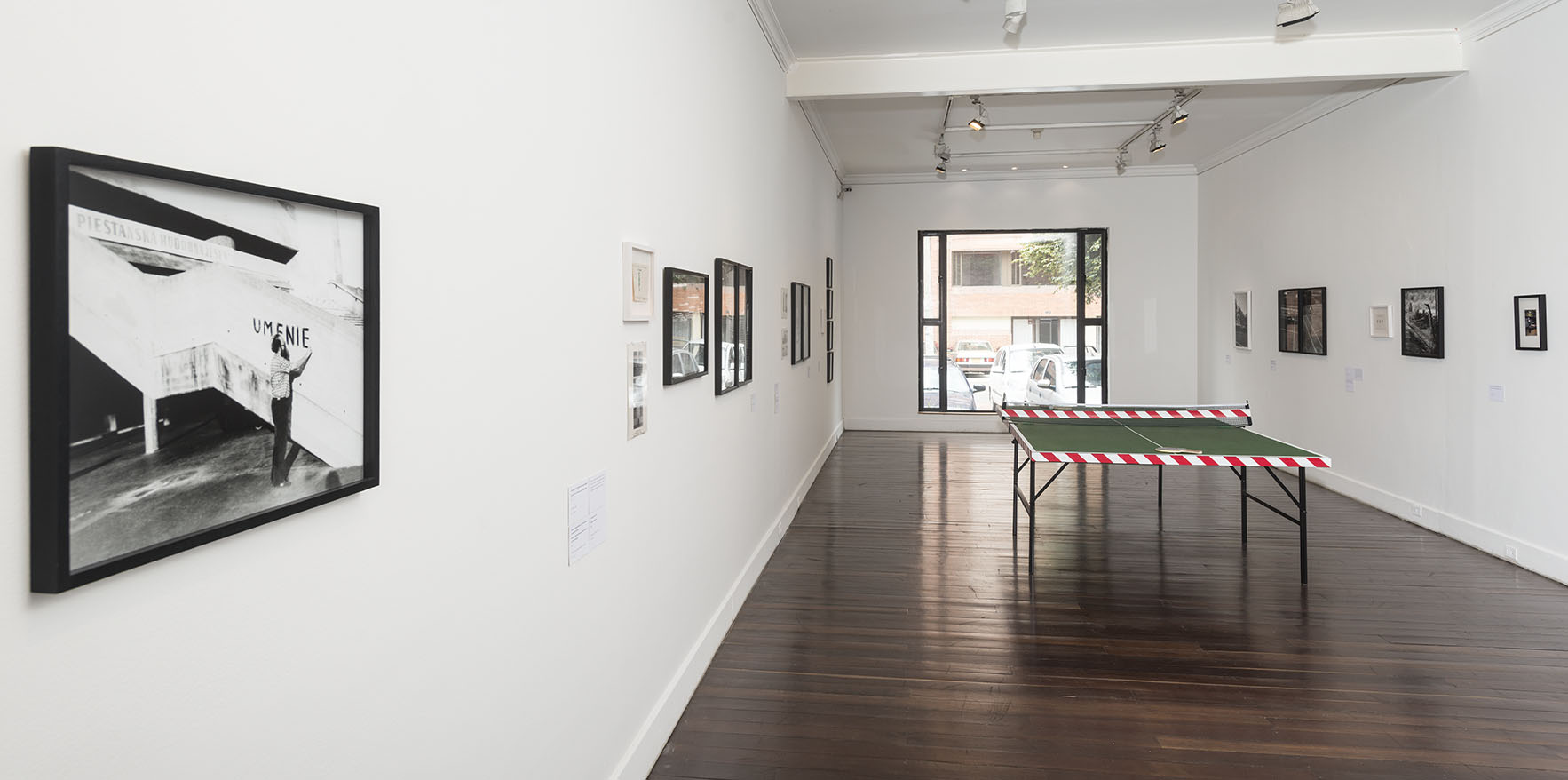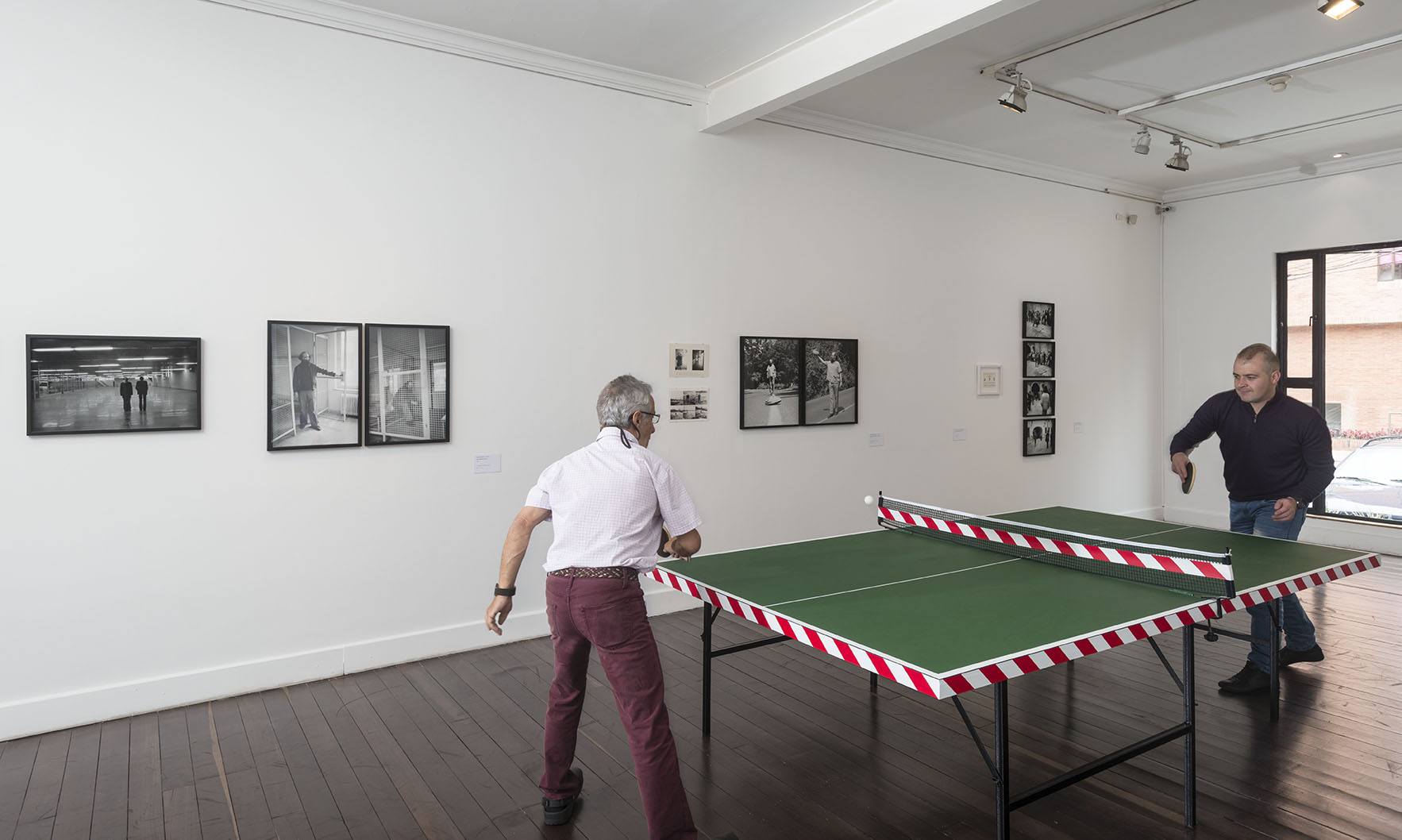Situaciones Culturales
Casas Riegner is pleased to announce the opening of the exhibition Július Koller: Cultural Situations, the first solo show in Colombia by the late Slovakian artist Július Koller (1939-2007). In collaboration with the Parisian gallery gb agency, the show explores the universe of one of Europe’s most relevant conceptual artists: showcasing works completed between 1965 and 2006, the exhibition aims at uncovering the different aspects of a practice that developed in a totalitarian regime thanks to a series of communication strategies that both questioned the idea of art, but also set foot for profound reflections around the human condition.
Besides its foundation on personal experiences, Július Koller’s conceptual works were propelled by the political, social and cultural circumstances of Easter Europe between 1963 and 1989, making necessary to address the “Prague Spring” and the following period of “Normalization” in Czechoslovakia.
“Prague Spring” was the name given to the political and economical period experienced by the Soviet Union’s so-called “satellite country” beginning in January 1968, which ended with the invasion of the troops formed by the Warsaw Pact in August of that same year. That brief period was characterized by certain “democratic qualities and liberalizing politics that aimed at relaxing the close bonds that united the country with Moscow”[1]. However, the various attempts led by reformer Alexander Dubcek to establish a ”socialism with a human face” became entangled by Soviet leaders who, annoyed, managed to convince the five countries in Warsaw’s Pact that there was a subversive situation developing in Czechoslovakia. As consequence, a “normalization” program with the objective of providing continuity to the period before the reform was implemented. This totalitarian regime set foot for censure and political persecutions until its demise in 1989 with the “Velvet Revolution”, which peacefully marked the end of a long socialist era.
Communist Czechoslovakia’s artistic production was characterized by a clear division between “official” art (that associated with the socialist realism), and “not official” art (free but considered marginal and produced in private or clandestinely in the public space). Július Koller, however, operated mostly in private spaces outside the institutional art scene.
Koller was born in 1939 in the city of Piešťany, moving by the age of nine to Bratislava, where he completed his studies in painting at the Fine Arts Academy under the tutorship of artist Jan Zelibsky (who persistently advised Koller and his classmates to adhere to the official doctrine of realism). Koller, nonetheless, was very much influenced by Dadaism and often manifested discomfort with the modernism that ruled Slovakia in the 1960s; seeking to build a more humane world while at the same time surviving in a totalitarian context, he developed numerous conceptual tools. According to critic Jan Verwoert, Koller’s work can be translated into defying gestures embedded with a strange, yet clever poetic that involves an unbreakable insistence in the utopic potential of free thinking and intersubjective communication[2]. Frequently operating from society’s margins and using very few technical resources like ordinary objects, postcards, collages, everyday life and even his body, Koller developed his “anti-happenings”, a series of symbolical gestures or performative actions of cultural designation that took place in private and public spaces in the middle of everyday situations. By way of these actions or “cultural situations”, the artist was not only seeking to alter routine, but also to present new forms of life and creation employing “subjective interventions” of reality.
The “anti-happening” tool, besides exploring the notions of “objectivity” and “subjectivity”, allowed Koller to invade and mark the public space (his favorite field of action). In 1965, the artist produced his first text cards, a series of hand-made cards where the artist used green ink to formulate some of the concepts that would lay the foundation of his practice. Those textual works, or “invitations to meet an idea”, were designed to be deposited in public places.
Starting in the 1970s, the acronym “U.F.O.” (Univerzalne Futurologicke Oznamenie) [Universal Futurological Operations] materializes not only in text cards, but also in the titles of some of Koller’s actions. Besides turning into one of his emblems, the initials and their variations described the cultural situations created by the artist, some of which derived from his fascination with the cosmos and his interest in exploring the connection between humans and extraterrestrial life. As time went by, the U.F.O. initials took different meanings, thus transforming into a complex reference system in which the letter U refers to “universal” or “cultural-universal”; the F to “Futurologic”, “Fantastic”, “Functional” or “Fictional”, while the O refers to “Object”, “Observation”, “Interrogation Mark” (“Otaznik” in Slovakian) or to “Relive” (“Ozivenie” in Slovakian).
Czechoslovakia’s cultural and socio-political situation during the late 1960s undoubtedly triggered the creation of a series of portraits whose titles incorporate the acronym “U.F.O”. In this extensive series, the artist poses as a “U.F.O.-naut” with the objective of exploring his identity and relation with the moment’s social context. This exploration led him to appropriate the interrogation mark as another one of his emblems: as a symbol of doubt, skepticism and questioning the unknown, it was materialized in different ways and inserted in diverse places in urban and rural settings. In an interview conducted by curator Hans Ulrich Obrist, Koller commented on the gesture of adopting doubt as one of his mottos: “Questions and the formulation of questions seek to go against illusions, lies and ignorance; they help us see and acknowledge certain truths and their implications in a realistic way”[3]. The practice set by constant questioning not only takes us to the Dadaist movement and its challenging spirit: the goal of provoking the establishment also alludes to Koller’s desire of exploring different communication possibilities with the world in the midst of a context in which free speech is not always possible.
Communication and democracy are two central aspects of Koller’s work: In 1970, the artist had an exhibition for which he installed a Ping-Pong table with the objective of manifesting the possibilities of a democratic communication when facilitating interactions, by way of a game, between spectators and the artist. Since then, the Ping-Pong table became a recurring element in Koller’s practice, because it is through sports and its valid rules that the artist symbolically managed to resist a political system filled with illegitimate rules.
Július Koller was able to survive in a restrictive society thanks to his imagination, utopic thinking, optimism in the future and great resourcefulness. Likewise, he was able to consolidate a challenging conceptual and critical practice whose mythology he articulated around few and precarious means.
Since the 1960s and throughout his career, Koller has had multiple solo and group shows around the world, among them at the Nottingham Contemporary Art Center, the Tate Morden and gb agency gallery in Paris. He also participated in important biennials like the 23rd Sao Paulo Biennial (1996), the Venice Biennial (2003) and the Whitney Museum Biennial in New York (2006). After his death in 2007, he has been recognized with numerous acknowledgements, publications and retrospectives, among them “Science-Fiction Retrospective Július Koller”, held at Slovakia’s National Gallery in 2009. This year a new show titled “Július Koller, Retrospective” is set to open at MUMOK (Museum Moderner Kunst) in Vienna to later travel to Warsaw’s Museum of Modern Art.
[1] Patricia Chia Serrano, Primavera de Praga, pg. 1
[2] Jan Verwoert. “Július Koller 1939-2007”, Frieze Magazine, January, 2007, # 111. Nov/Dec.
[3] Julius Koller, “Conversation between Julius Koller and Hans Ulrich Obrist”. Július Koller Univerzalne Futurologicke Operacie (Austria: 2003 Waltr Konig,)pg. 147
